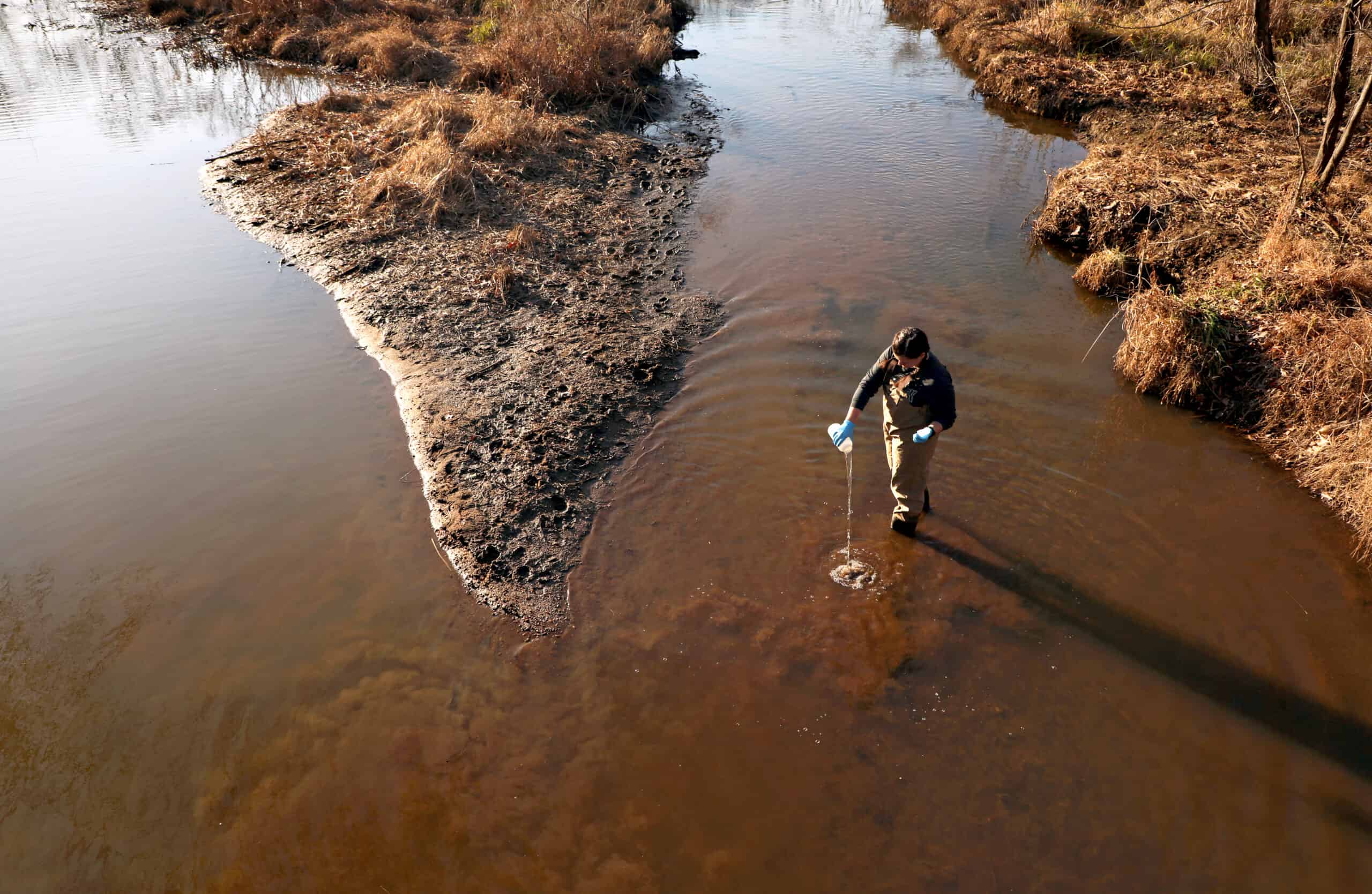Share this article
The growing promise of eDNA
Genetic tools are helping researchers monitor species they may never see
Environmental DNA is becoming an increasingly useful tool to detect hard-to-find species, from the endangered to the cryptic to the invasive. Collecting samples from the water, soil and even the air, researchers have been able to monitor species they may never see. The growth of eDNA research has prompted some biologists in the U.S. to call for a national strategy to improve consistency.
“Environmental DNA has become more and more important as we are putting increased emphasis on understanding biodiversity and importantly, biodiversity loss,” Adam Sepulveda, a research scientist with the U.S. Geological Survey’s Northern Rocky Mountain Science Center in Bozeman, Montana, told Undark Magazine.
The magazine recently explored the potential of eDNA research and robotic samplers to uncover wildlife that often goes unnoticed.
“There is a lot of life on this planet that we know very little about,” said Kelly Goodwin, marine molecular microbiologist with the National Oceanic and Atmospheric Administration. “And the only lens we have to view it is through their DNA.”
Header Image: George Mason University graduate student Sammie Alexander uses environmental DNA to track how vulnerable and invasive fish species are using fish passages in Northern Virginia. Credit: Virginia Sea Grant








